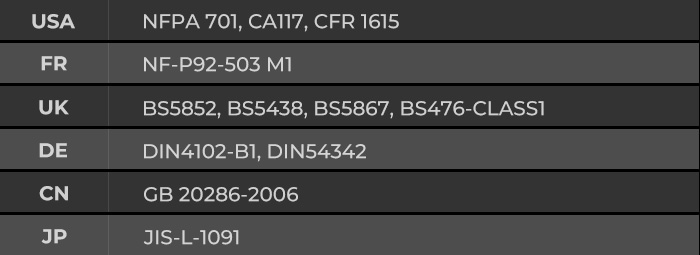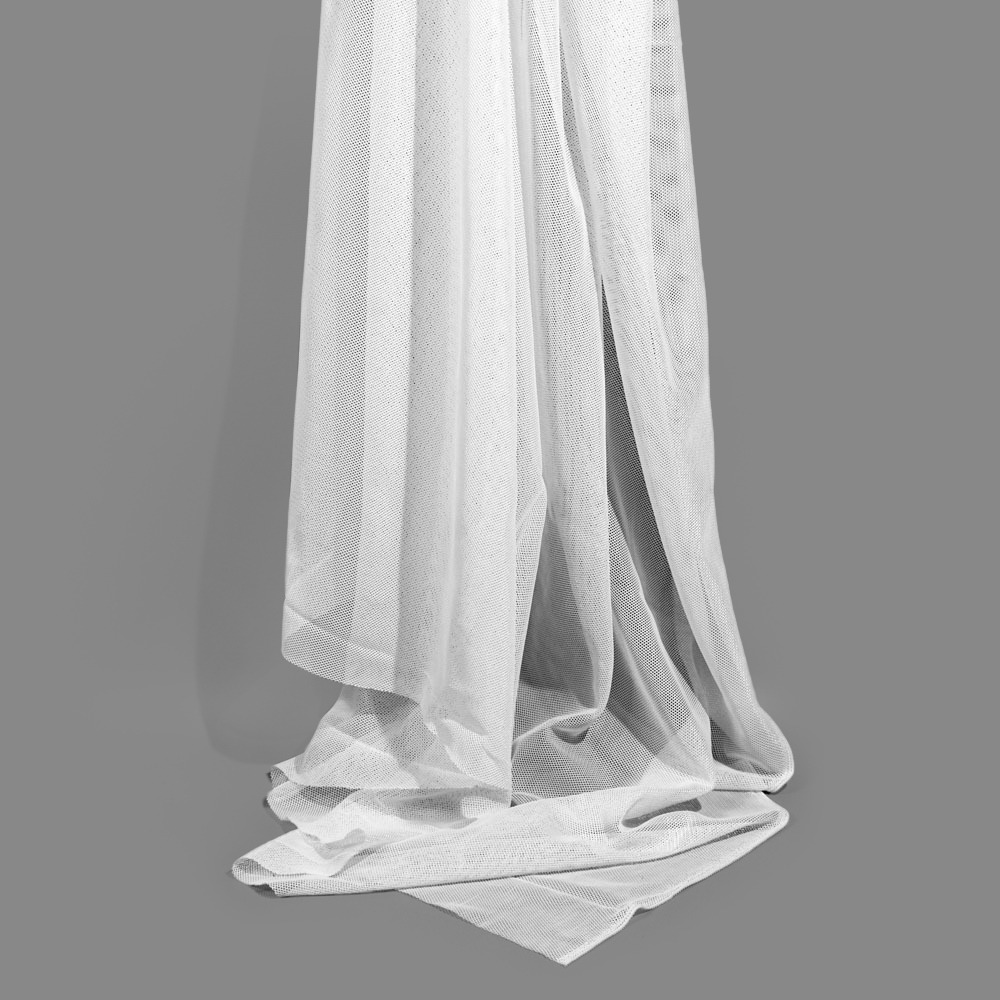What is Flame Retardant Fabric?
Flame retardant fabric refers to a type of fabric made from flame retardant fibers or treated with flame retardant chemicals to reduce its flammability to varying degrees. It significantly delays the burning rate during combustion and can quickly self-extinguish after leaving the source of the fire, releasing minimal toxic smoke. Flame retardant fabrics can also have additional functions, such as anti-static, oil-resistant, water-resistant, and UV-resistant. When a fabric has two or more of these functions, it is called a multi-functional flame retardant fabric.
Advantages of BEGOODTEX Flame Retardant Fabric Include:
1. Good safety performance – the fiber does not melt and emits low smoke when exposed to fire.
2. Inherent (permanent) flame retardant effect – washing and friction do not affect the flame retardant performance.
3.Environmental protection is ensured by using natural fibers as carriers, which can naturally degrade, meeting environmental requirements.
4. Excellent flame retardant and fire-resistant properties – demonstrating good performance in preventing flame spread, smoke release, melting resistance, and durability.
5.Good thermal insulation and anti-static properties provide comprehensive thermal protection.
6. Natural Fiber Characteristics – The fabric possesses the absorbent and breathable properties of natural fibers, along with a soft, comfortable, and brightly colored texture.

























